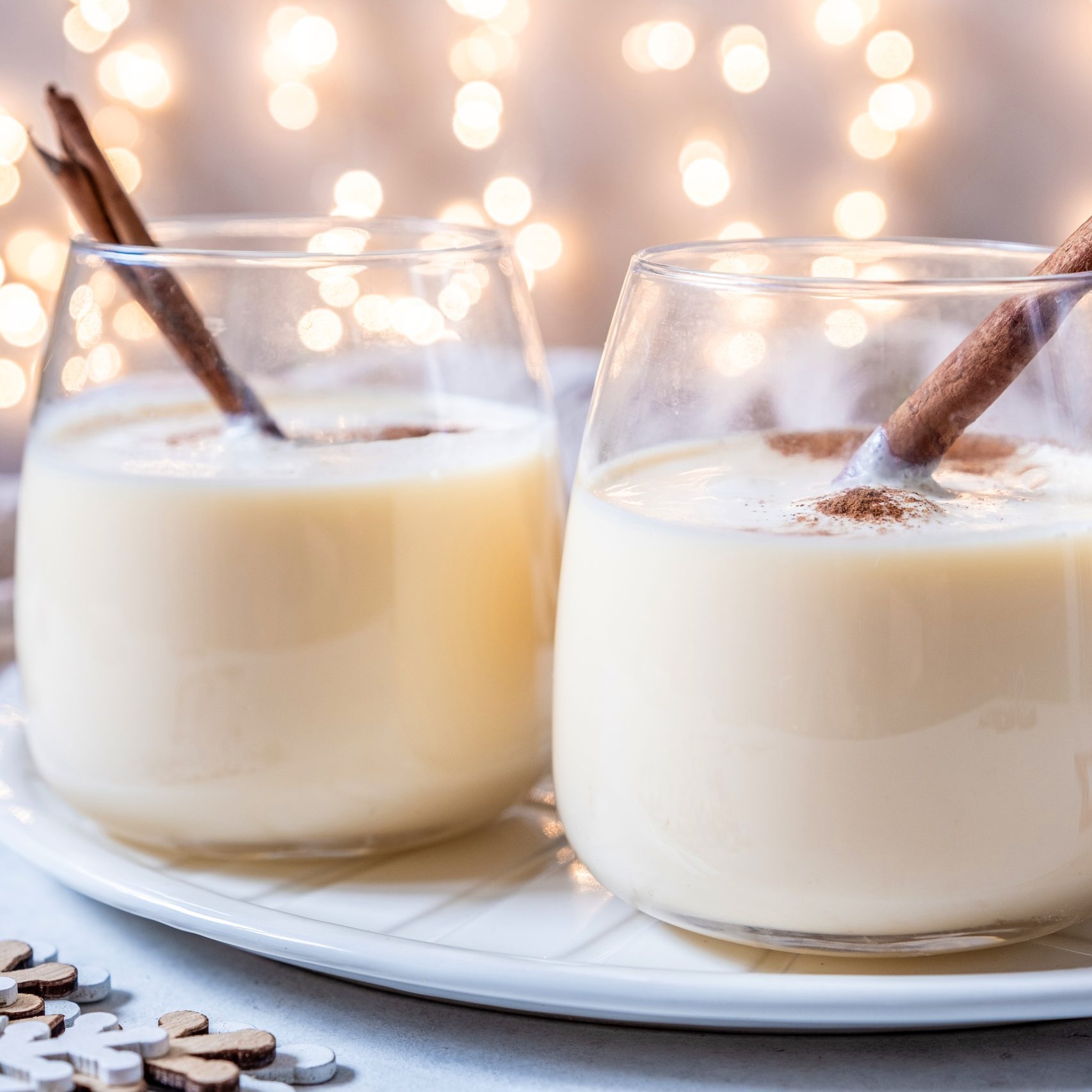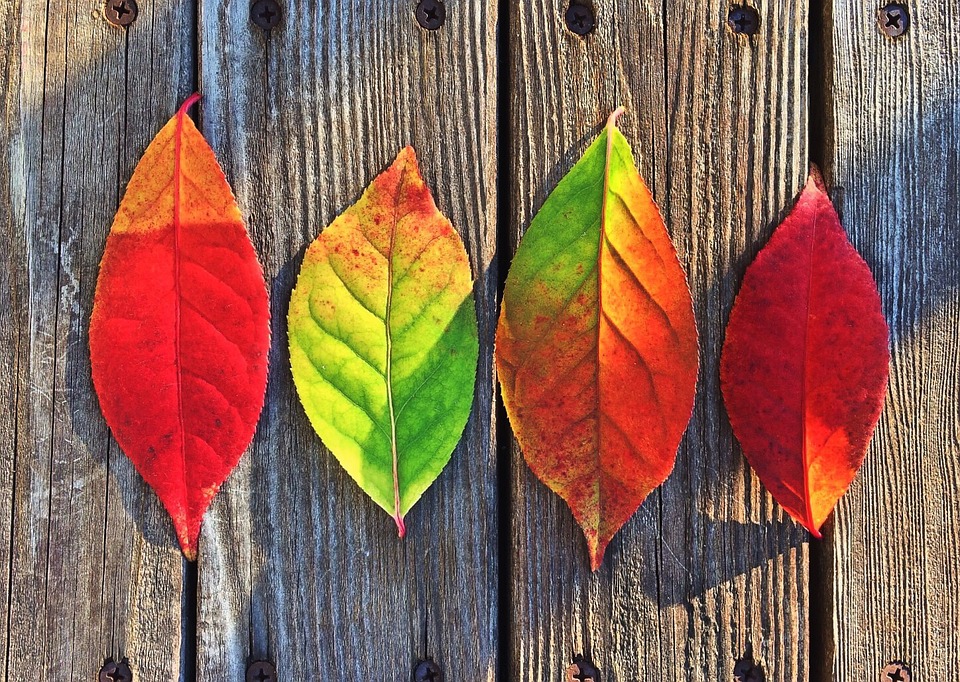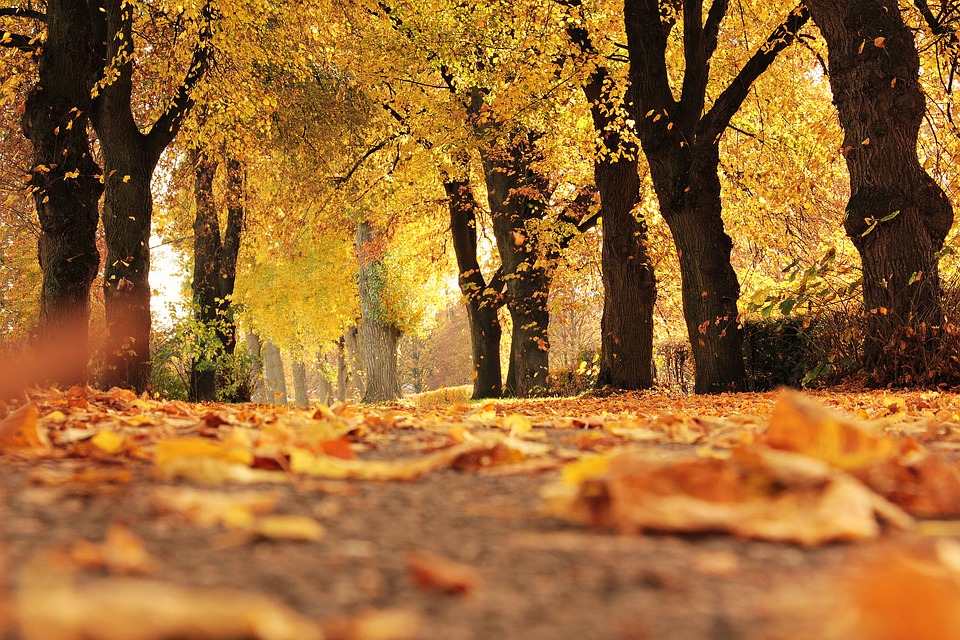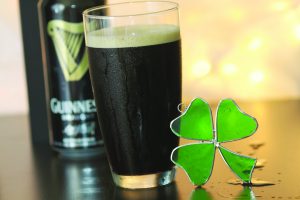Eggnog is a rich and delicious beverage that has become synonymous with the most festive time of year. This milk- and egg-based concoction is tasty on its own, or it can be dressed up with other flavors and spiked with a favorite spirit when celebrating the holiday season with other adult partygoers.
December is National Eggnog Month, and December 24 is National Eggnog Day. There is no more perfect time of year to learn everything you can about eggnog – all the while sipping a cup of this creamy concoction. Indulge in these festive facts about the beverage, courtesy of Mental Floss, The Fact Site and Tastemade.
Eggnog likely originated in the medieval period and was known as “posset,” a hot, milk-based drink made of spices and wine. Even though posset could be a cocktail, it also was used as a remedy for colds and flu for its soothing properties.
- Milk, eggs and sherry used in the early recipes were difficult to come by, so when eggnog first appeared it was a drink only the wealthy could enjoy. That changed when eggnog was popularized in the American colonies, where dairy products and liquor were more readily available.
- Entymologists believe “eggnog” stems from the word “noggin,” which refers to small wooden mugs often used to serve strong ale, known by the slang word “nog.”
- In the Medieval period, it was risky to drink milk straight because it wasn’t pasteurized. Eggnog contained alcohol so that it would kill off any harmful bacteria in the milk.
- A typical homemade version of eggnog has roughly one egg per serving. However, commercial eggnog is regulated by the FDA and can only contain 1 percent of the product’s final weight in egg yolk solids. That stems from fear of raw egg and salmonella.
- President George Washington apparently enjoyed serving eggnog at Christmas, and even had his own special recipe, according to the Old Farmer’s Almanac.
- There is no right or wrong alcohol to use when preparing eggnog. Distilled spirits like rum, sherry, cognac, and whiskey all have produced suitable eggnogs.
- Puerto Rican coquito is a traditional drink that is very similar to eggnog.
- Individuals concerned about eggs or milk in eggnog can enjoy a vegan recipe made from nut milk instead. Commercially produced vegan eggnog offerings are now more widely available.
- One of the more notable flavors in eggnog comes from the use of nutmeg. Nutmeg is a fragrant spice made from grinding the seed of the nutmeg tree.



 2. In Greek mythology, autumn was a time when Persephone, the daughter of Demeter, was abducted by Hades, the god-king of the underworld. During this time, Demeter, the goddess of the harvest, was distraught and the ground grew sparse and cold. When Persephone returned in the springtime, plants and life bloomed anew because of Demeter’s happiness.
2. In Greek mythology, autumn was a time when Persephone, the daughter of Demeter, was abducted by Hades, the god-king of the underworld. During this time, Demeter, the goddess of the harvest, was distraught and the ground grew sparse and cold. When Persephone returned in the springtime, plants and life bloomed anew because of Demeter’s happiness.





